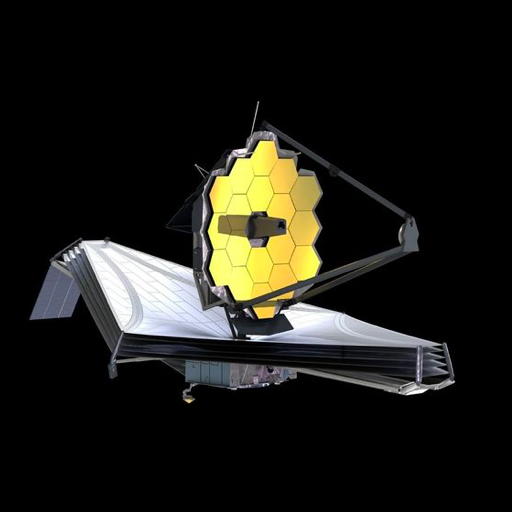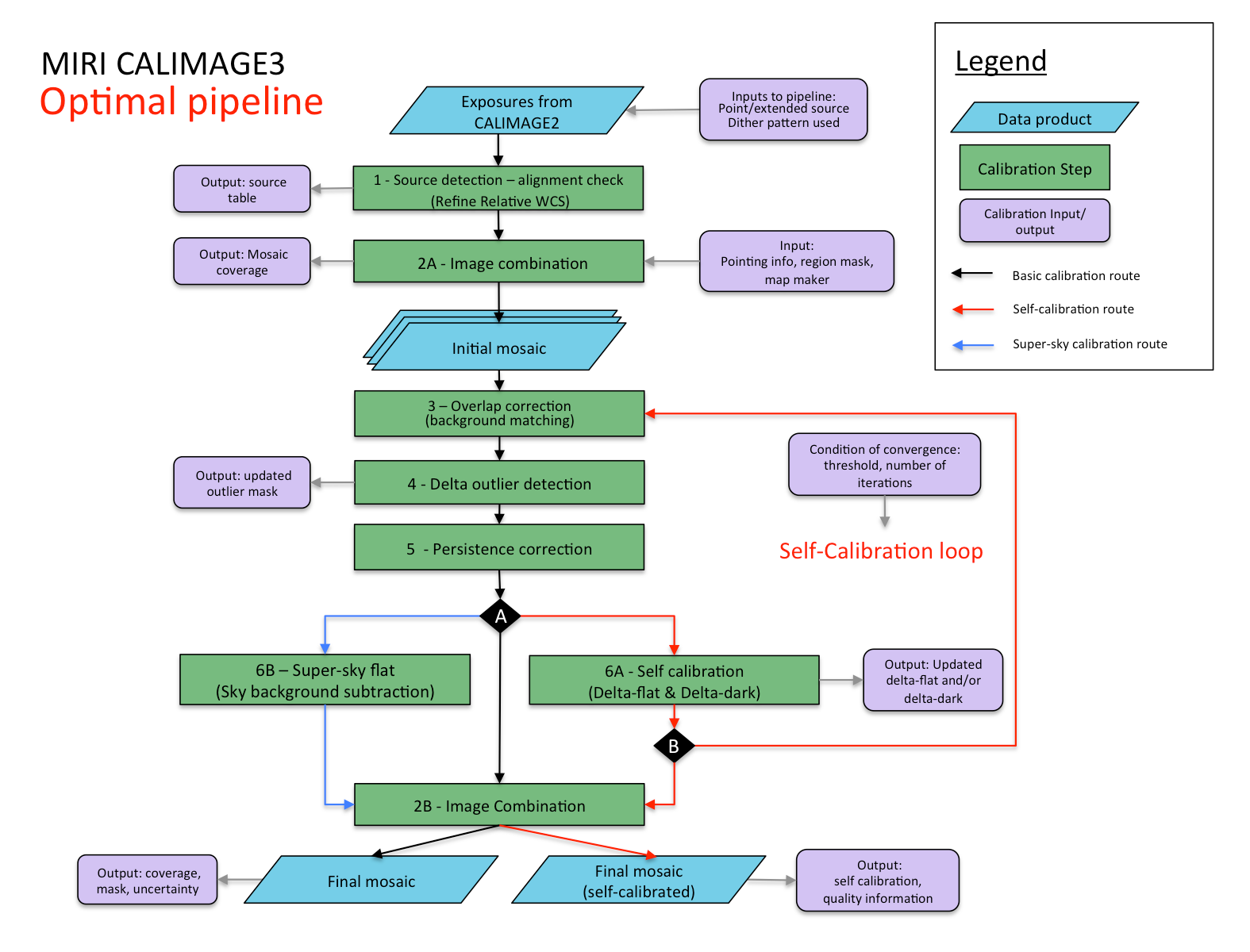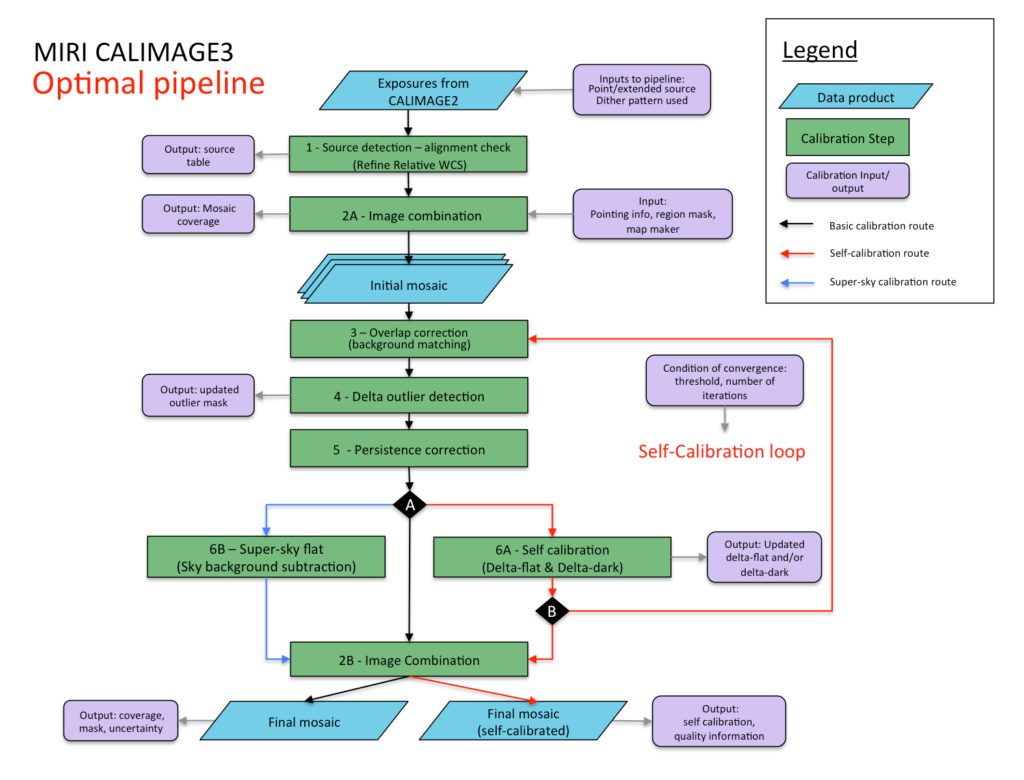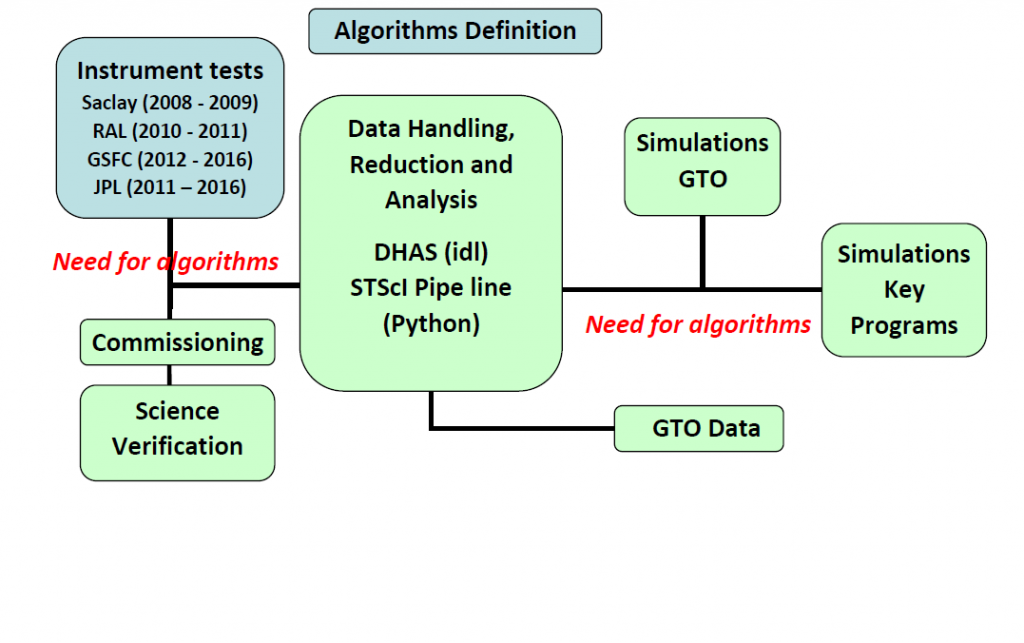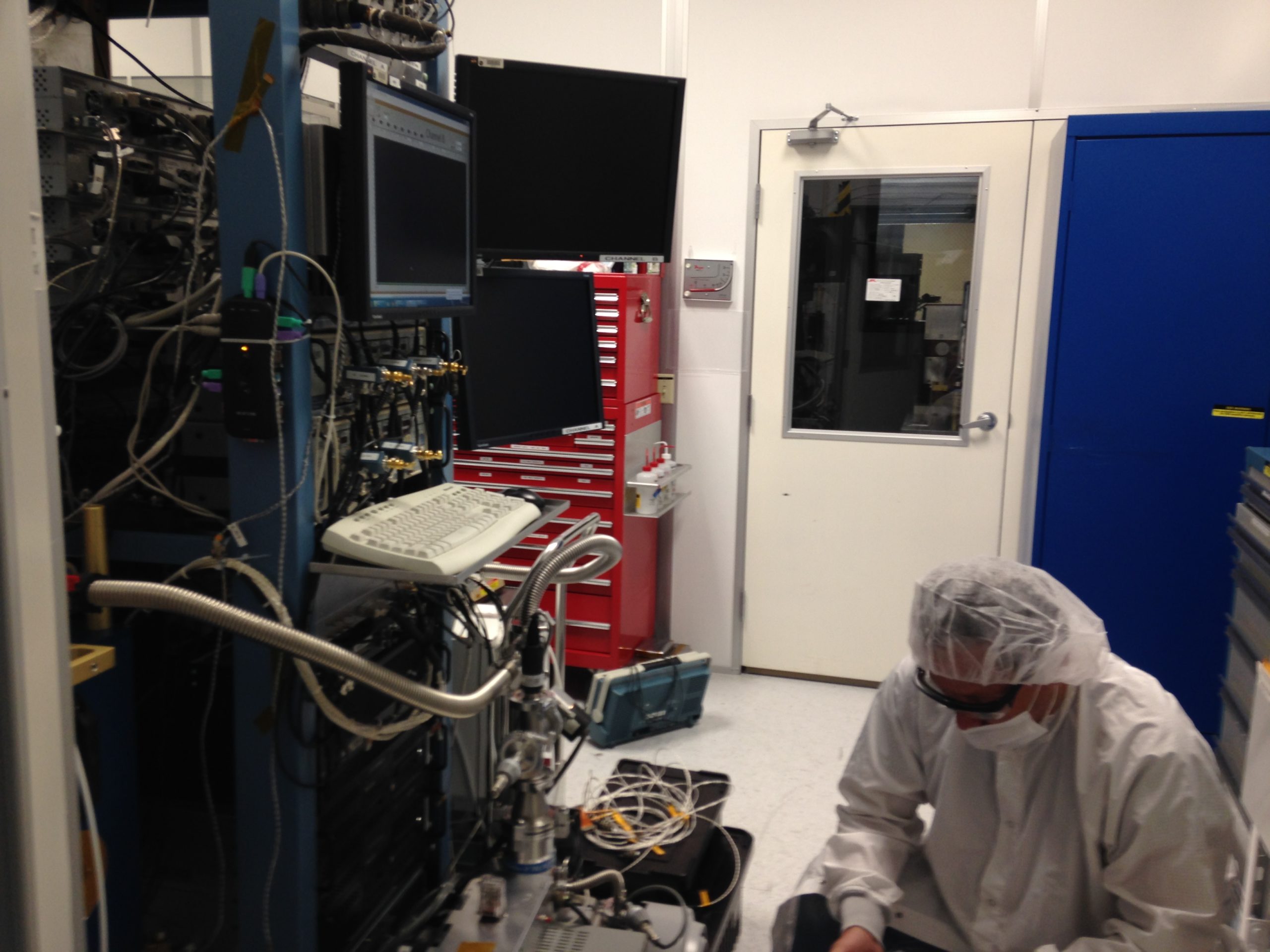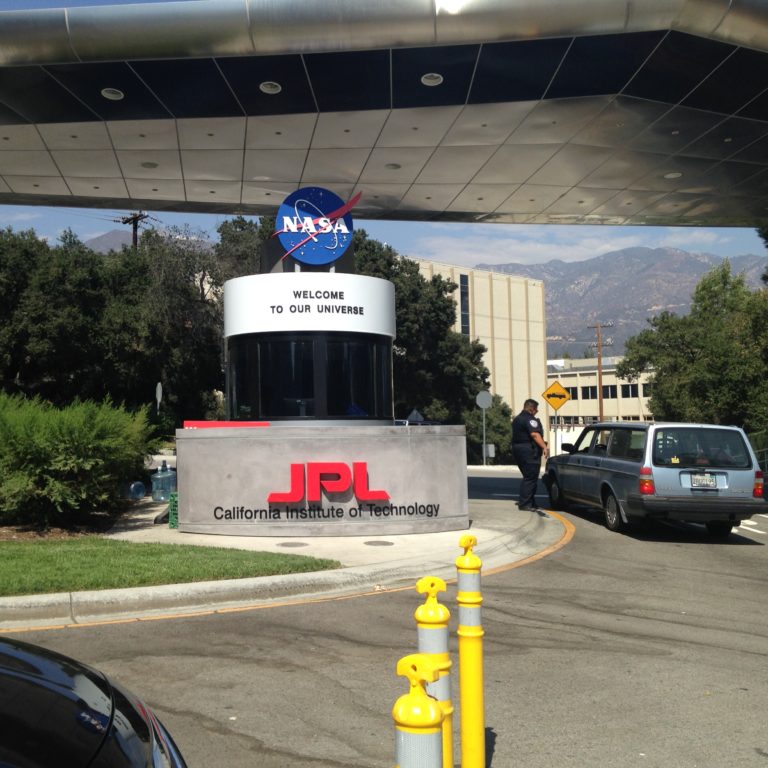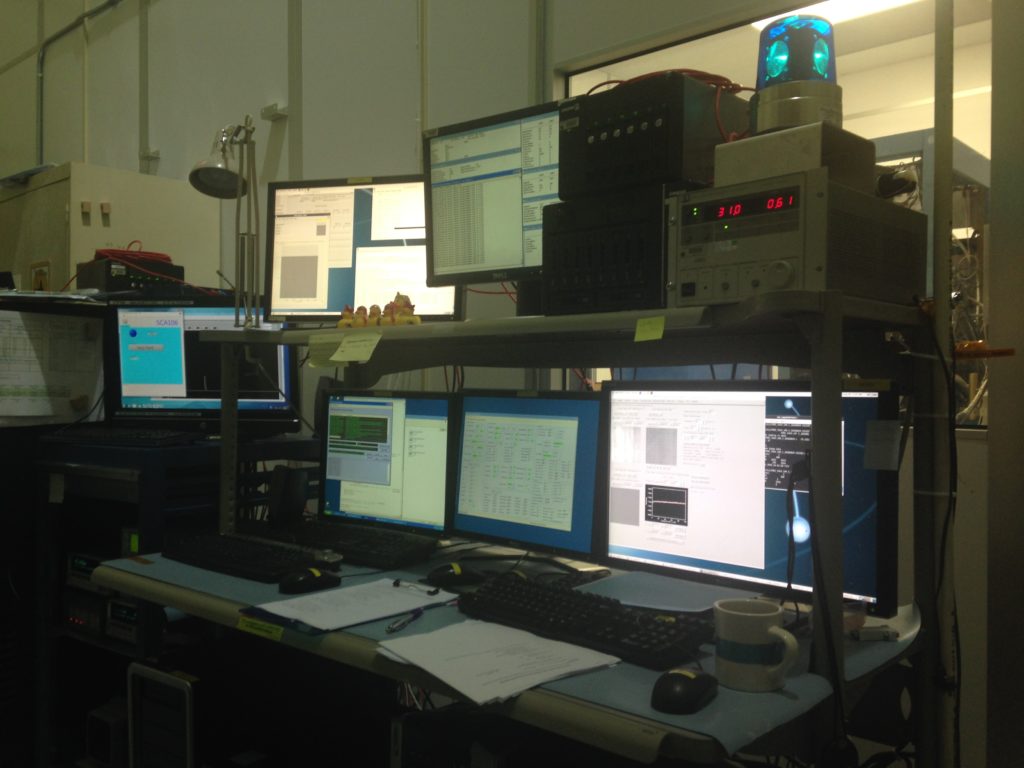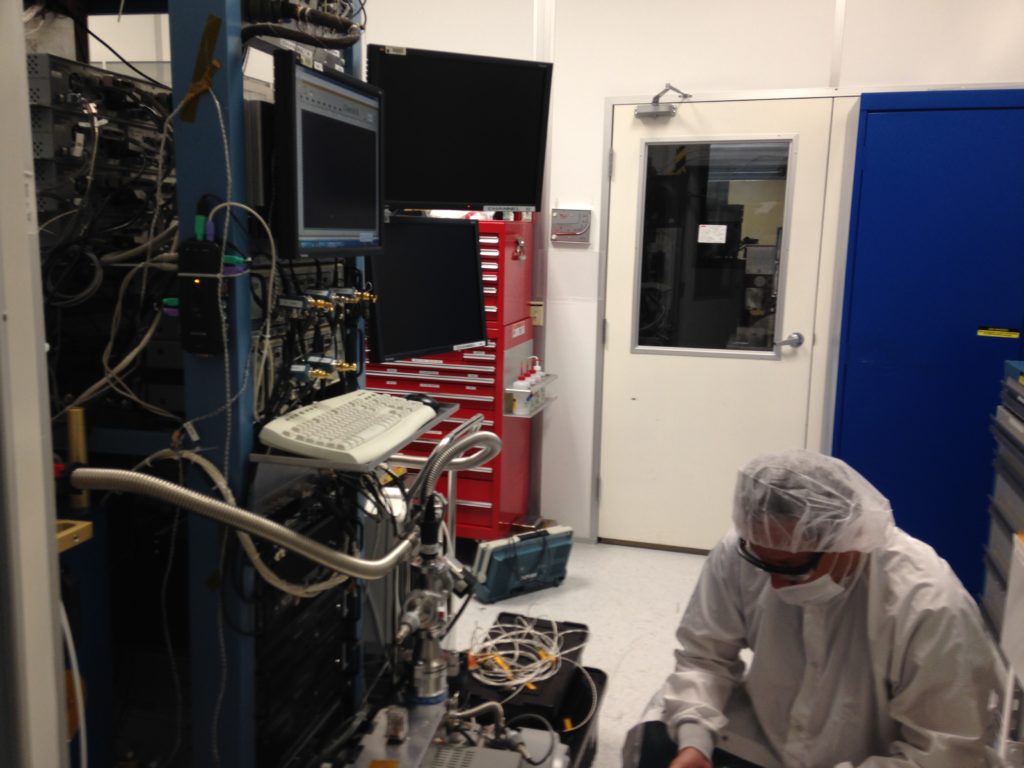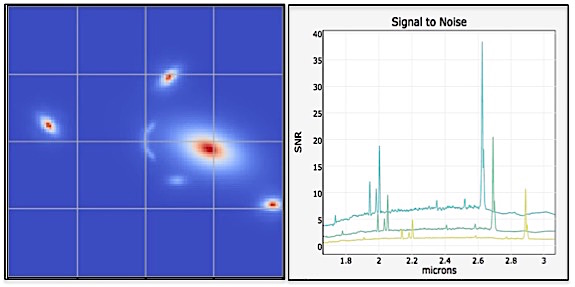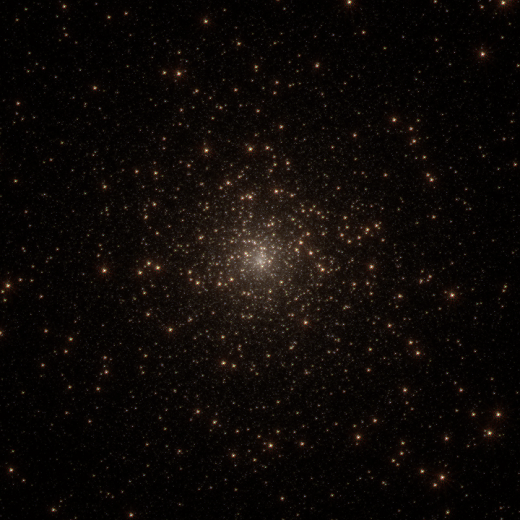Science Data for Webb’s First Images Now Available
The process to make the data for Webb’s First Images public has started at the Mikulski Archive for Space Telescopes (MAST). Visit the Webb First Image Observations webpage for a description of the programs, including additional details about the observations, and download links.
While it will take several hours for the data associated with these observations to transition from exclusive access to anonymous access, the data can be downloaded immediately by running the provided bulk download scripts that retrieve data from the Amazon Web Services cloud or by logging in to the MASTportal. The downloads from AWS are free and do not require an account. For large data downloads, MAST highly recommends using the AWS bulk download scripts provided to leverage the cloud to serve large data volumes efficiently to the community.
The JWST pipeline has not yet completed the third stage for Webb’s First Deep Field (Program ID 2736). As the products become available, they will appear in the MAST portal and download scripts will be made. Processing is expected to complete around 12 pm EDT on July 14, 2022.
The transfer of data to AWS has not completed for Stephan’s Quintet (Program ID 2732) and Webb’s First Deep Field (Program ID 2736). Once the copy is complete, AWS bulk download scripts will be provided on the Webb First Image Observations webpage.
While low-level products provided by the MAST are the same used to produce Webb’s First Images, the higher-level products available in the MAST are from the standard JWST data pipeline. The high-level products used to produce the public images are from a custom analysis of the data.








